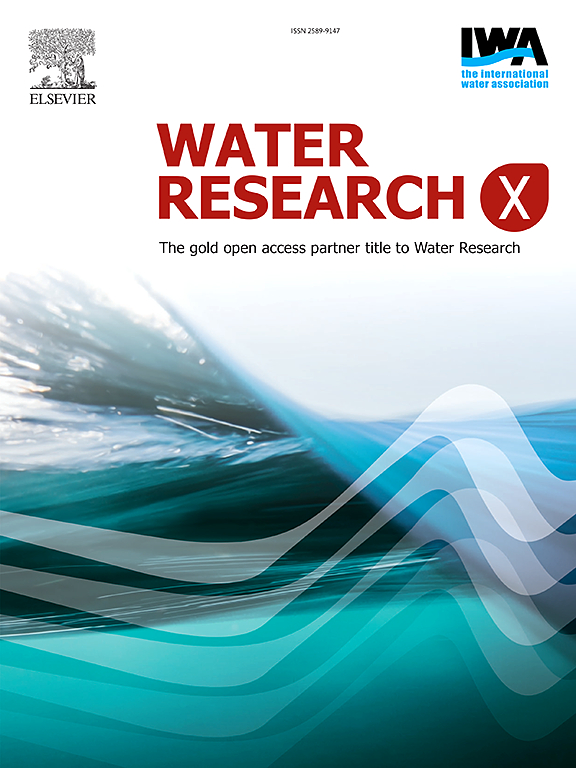Microbial mechanisms underlying the reduction of N2O emissions from submerged plant covered system
IF 7.2
2区 环境科学与生态学
Q1 ENGINEERING, ENVIRONMENTAL
引用次数: 0
Abstract
Submerged plant (SP) restoration is a crucial strategy for restoring aquatic ecosystem. However, the effect of SP on nitrous oxide (N2O) emissions remains controversial, and the impact of SP-attached biofilms on N2O emissions is often overlooked. In this study, SP and non-submerged plant (NSP) systems were set up and operated continuously for 189 days, revealing that SP reduced N2O flux by 42.4 %. By comparing the N2O net emission rates from water, sediment, and biofilms, we identified biofilms as the primary medium responsible for the reduction in N2O emissions in both SP and NSP systems. Further analysis of N2O metabolic rates from nitrification, denitrification, and abiotic processes under light and dark conditions confirmed that counter-diffusion of dissolved oxygen and nutrients in SP biofilms plays a key role in reducing denitrification-driven N2O emissions. Additionally, SP-attached biofilms increased nosZII-type denitrifiers (e.g., Bacillus) and reduced N2O production potential ((nirS+nirK)/(nosZI+nosZII)). Notably, the establishment of a SP restoration project in a typical eutrophic freshwater lake demonstrated that SP could reduce N2O fluxes by 61.5 %. This study provides significant insights for strategies aimed at mitigating N2O emissions.

求助全文
约1分钟内获得全文
求助全文
来源期刊

Water Research X
Environmental Science-Water Science and Technology
CiteScore
12.30
自引率
1.30%
发文量
19
期刊介绍:
Water Research X is a sister journal of Water Research, which follows a Gold Open Access model. It focuses on publishing concise, letter-style research papers, visionary perspectives and editorials, as well as mini-reviews on emerging topics. The Journal invites contributions from researchers worldwide on various aspects of the science and technology related to the human impact on the water cycle, water quality, and its global management.
 求助内容:
求助内容: 应助结果提醒方式:
应助结果提醒方式:


